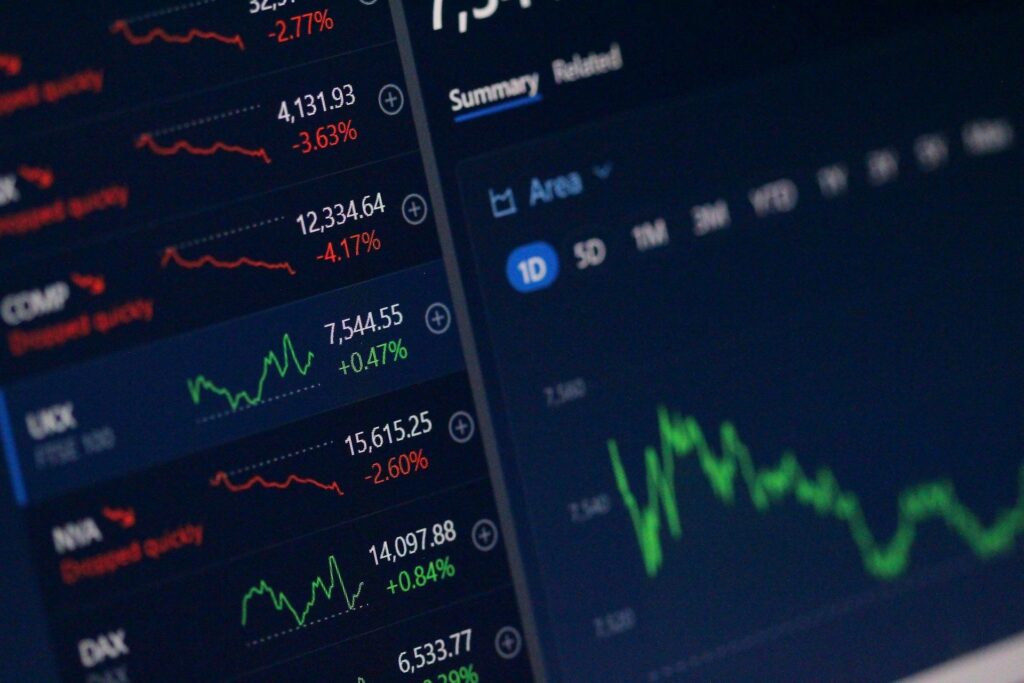Introduction of New Stablecoins in Thailand
Thailand’s Securities and Exchange Commission (SEC) is making significant strides in its cryptocurrency regulations by adding two major stablecoins—Tether’s USDT and Circle’s USDC—to its approved list. This inclusion means that these stablecoins can now be utilized as trading pairs on digital asset exchanges within the country.
Expansion of Approved Cryptocurrencies
Until now, Thailand’s regulatory framework had only recognized a select few cryptocurrencies. Previously approved digital assets included Bitcoin (BTC), Ethereum (ETH), XRP, Stellar (XLM), and certain tokens integrated into the Bank of Thailand’s settlement system. The recent decision to broaden this list signals a considerable shift in the country’s approach to digital currencies.
Community Support for the Change
The SEC’s move follows a public consultation held in February, where an overwhelming majority of participants expressed support for the proposal. This feedback played a crucial role in shaping the new regulations, which are set to take effect on March 16.
Aligning with Global Trends in Stablecoins
By embracing USDT and USDC, Thailand is positioning itself in line with global trends that highlight the growing importance of stablecoins in the realms of cryptocurrency trading and payment systems. Stablecoins have emerged as one of the fastest-growing segments in the crypto world, particularly in developing regions like Southeast Asia, Africa, and Latin America. Currently, USDT boasts a market capitalization of approximately $142 billion, while USDC follows with a market cap of around $58 billion.
Implications for Thailand’s Financial Landscape
The approval of USDT and USDC is seen as a pivotal moment for the adoption of these tokens within Thailand’s financial sector. Tether, the issuer of USDT, has stated that this regulatory endorsement will facilitate broader acceptance and integration of its stablecoin across various financial services in the country.
Conclusion
Thailand’s decision to include USDC and USDT in its approved cryptocurrencies marks a significant advancement in its regulatory framework, reflecting a growing recognition of the role stablecoins play in the global economy. As the country continues to evolve its digital asset regulations, the integration of these stablecoins is expected to enhance trading opportunities and financial innovation.
Disclaimer: This article includes information generated with the assistance of AI tools and has been reviewed by our editorial team to ensure accuracy and compliance with our standards.



